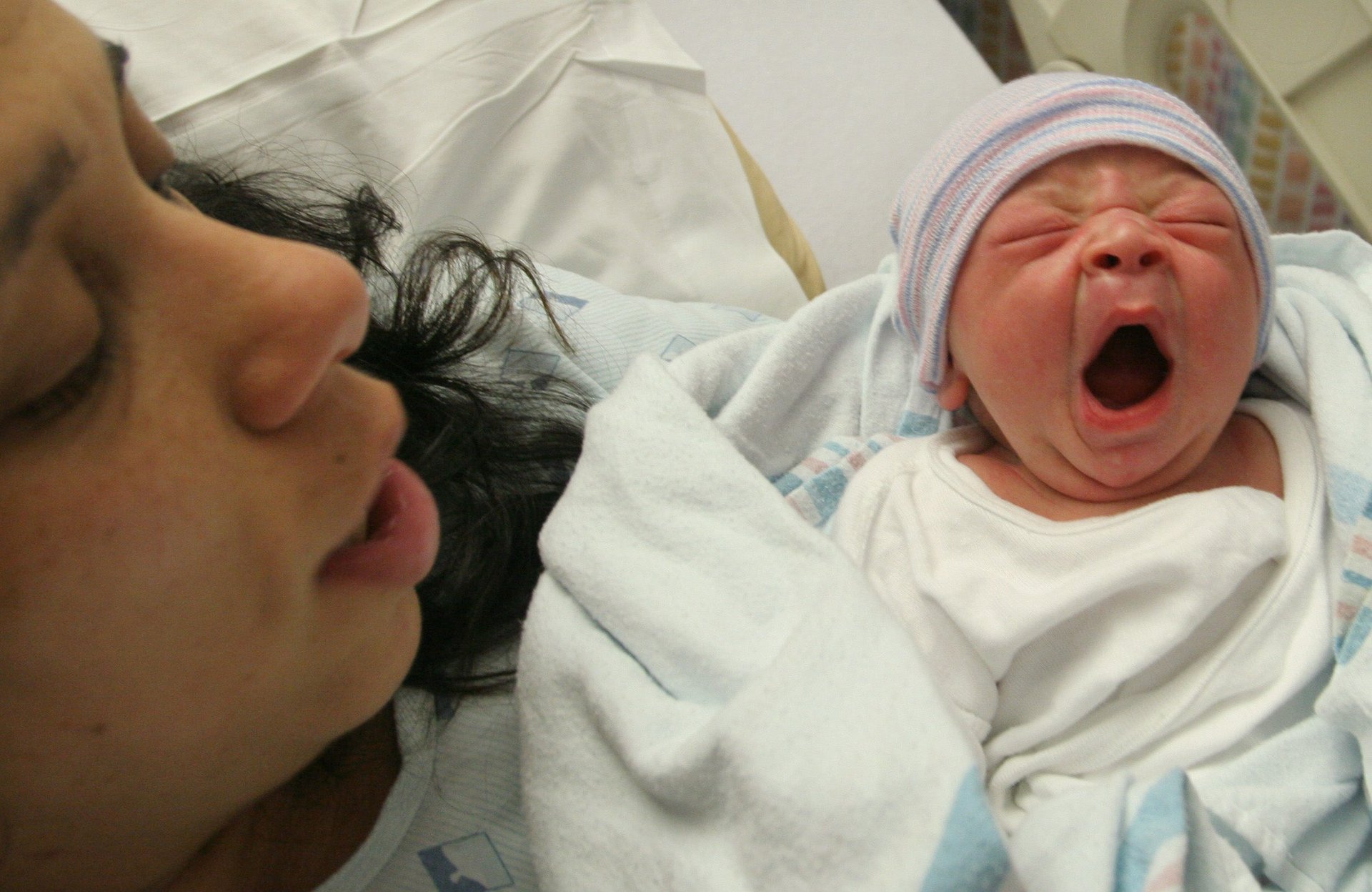Calculator: How much of your income would be covered by the US paid leave proposal
It’s almost inevitable: At some point in life, most working Americans will need to take a step back from work, to care for a new baby, look after a sick or aging family member, or take care of themselves due to personal illness.


It’s almost inevitable: At some point in life, most working Americans will need to take a step back from work, to care for a new baby, look after a sick or aging family member, or take care of themselves due to personal illness.
The US is the only wealthy country where workers are not universally guaranteed an income during these critical periods in life. But the Democrats’ Build Back Better spending bill includes a proposal for a paid family leave program that would change that.
If the proposal stays in the package, and the entire bundle clears the US Senate, the benefit would partially compensate workers for income they would not receive while on leave. For example, anyone who earns up to $15,600 would receive the equivalent of 90% of their income. However, someone who makes $200,000 per year would only be able to recover 21% of their pay.
Quartz developed a calculator which approximates what you could get if you took paid leave—assuming paid leave passes in the US. The calculator uses data collected by the National Partnership for Women and Families (pdf).
Note that anyone who earns $62,400 or more would receive the maximum payout: $814 per week, or $3,256 for four weeks. (At that threshold, the maximum payout equals 68% of a person’s pay; above that income level, the capped benefit would equal a decreasing share of someone’s earnings.) It’s also more likely that someone in this income group is working for a company that covers paid leave.
People who use the benefit also don’t have to take four consecutive weeks of leave. They can take leave on a pro-rated basis, if caregiving involves regularly missing work.
To be eligible for the benefit, applicants would need to show that they have earned at least $2,000 in the roughly two-year period leading up to the time of the leave. That income could come from any form of paid work, including gig work, part-time jobs, and self-employment.
Quartz at Work is available as a newsletter. Sign up here to get The Memo delivered to your inbox.